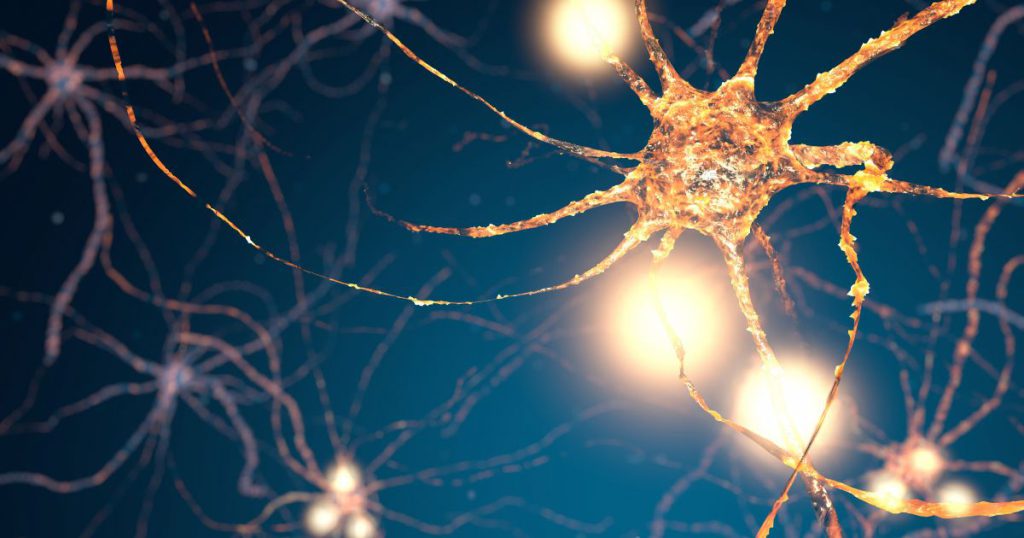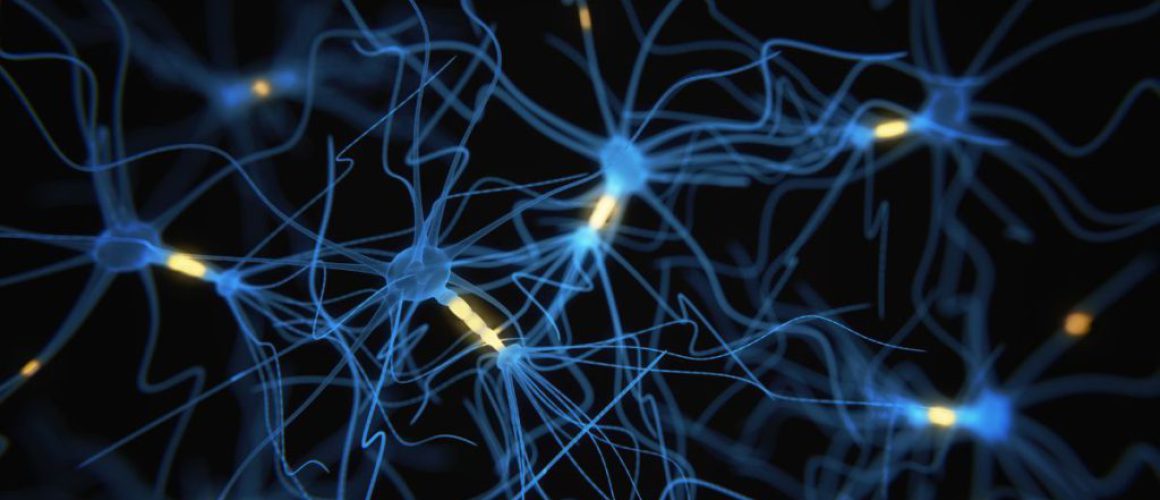The Symphony of the Cell: Cell Signaling in Molecular Biology
Table of Contents
Dive into the fascinating world of “The Symphony of the Cell: Cell Signaling in Molecular Biology”. It’s like a cellular game of telephone, but instead of spreading gossip, it’s life-saving messages.
Introduction
In the grand orchestra of life, cell signaling in molecular biology plays the role of the conductor, orchestrating a symphony of molecular interactions that keep our cells functioning harmoniously. It’s a fascinating process, a complex dance of molecules that ensures our cells respond appropriately to their environment. As a student of molecular biology, I’ve been captivated by this intricate process and how it underpins so much of what we know about life and health.
Cell signaling in molecular biology plays the role of the conductor, orchestrating a symphony of molecular interactions that keep our cells functioning harmoniously.
Understanding Cell Signaling
Cell signaling is the molecular conversation that happens within and between cells, a complex network of communication that governs all cellular activities. It’s like the postal service of the cell, delivering messages from one part of the cell to another, or even from one cell to another. These messages can be instructions for the cell to grow, divide, differentiate into a specific cell type, or even to die. Without cell signaling, our cells would be like an orchestra without a conductor, each playing their own tune without any coordination.
Key Players in Cell Signaling
- Proteins
- Enzymes
- Transcription factors
In my journey through molecular biology, I’ve come to appreciate the sheer complexity of cell signaling. Each signal must be accurately delivered and correctly interpreted for the cell to function properly. It’s a process that requires a high degree of precision and coordination, and understanding it has been both a challenge and a joy.
The Role of Proteins in Cell Signaling
Proteins are the key players in cell signaling, acting as the messengers that carry signals from the cell surface to the interior, and even to other cells. They’re like the musicians in our cellular orchestra, each playing their part to create the symphony of life. Some proteins act as receptors, sitting on the cell surface and waiting to receive a signal. Others act as messengers, carrying the signal from the receptor to its destination within the cell.
Role of Proteins in Cell Signaling
| Role of Protein | Description |
|---|---|
| Receptors | Sit on the cell surface and wait to receive a signal |
| Messengers | Carry the signal from the receptor to its destination within the cell |
In my studies, I’ve been amazed by the diversity and versatility of proteins in cell signaling. From enzymes that add or remove phosphate groups to switch proteins on or off, to transcription factors that control gene expression, proteins are the workhorses of cell signaling. Understanding their roles and how they interact with each other is a crucial part of understanding cell signaling.

Types of Cell Signaling
Cell signaling is not a one-size-fits-all process; it comes in different types, each with its unique characteristics and functions. There’s autocrine signaling, where a cell sends signals to itself, and paracrine signaling, where a cell sends signals to its immediate neighbors. There’s also endocrine signaling, where signals are sent through the bloodstream to reach cells far away. And then there’s juxtacrine signaling, where signals are passed directly from one cell to another through physical contact.
Types of Cell Signaling
| Type of Signaling | Description |
|---|---|
| Autocrine | A cell sends signals to itself |
| Paracrine | A cell sends signals to its immediate neighbors |
| Endocrine | Signals are sent through the bloodstream to reach cells far away |
| Juxtacrine | Signals are passed directly from one cell to another through physical contact |
Each type of cell signaling has its unique role in the body, and understanding them has been like learning the different sections of an orchestra. Just as an orchestra needs the different sounds of strings, brass, woodwinds, and percussion to create a symphony, our cells need the different types of cell signaling to function properly.
Cell Signaling Pathways and their Importance
Cell signaling pathways are like the routes that messages take within a cell, and understanding these pathways is crucial in the field of molecular biology. Each pathway is a series of steps that starts with a signal and ends with a response. Along the way, the signal is amplified and processed, allowing the cell to respond in a precise and coordinated way.
Cell Signaling Pathways
| Pathway | Role |
|---|---|
| MAPK | Involved in cell growth and differentiation |
| PI3K | Important for cell survival |
| Wnt | Plays a key role in embryonic development |
In my studies, I’ve learned about many different signaling pathways, each with its unique set of molecules and steps. There’s the MAPK pathway, which is involved in cell growth and differentiation, and the PI3K pathway, which is important for cell survival. There’s also the Wnt pathway, which plays a key role in embryonic development, and many others. Each pathway is like a melody in the symphony of the cell, contributing to the overall harmony of life.
Diseases Caused by Problems in Cell Signaling
- Cancer
- Diabetes
- Autoimmune disorders
Cell Signaling in Health and Disease
Cell signaling is not just about understanding how cells communicate; it’s also about understanding what happens when this communication goes awry, leading to diseases. Many diseases, from cancer to diabetes to autoimmune disorders, are caused by problems in cell signaling. For example, in cancer, signals that control cell growth and division can become overactive, leading to uncontrolled cell proliferation.
In my journey through molecular biology, I’ve come to appreciate the importance of cell signaling in health and disease. Understanding how cell signaling goes wrong in disease can help us develop new treatments and therapies. It’s a challenging and complex field, but also a rewarding one, with the potential to make a real difference in people’s lives.
Cell signaling is not just about understanding how cells communicate; it’s also about understanding what happens when this communication goes awry, leading to diseases.
Conclusion
Throughout my journey through Molecular Biology I am continually amazed by the elegance and complexity of cell signaling, the symphony of the cell. It’s a testament to the intricate and beautiful design of life, and I’m excited to see where this knowledge will take us in the future. Whether it’s developing new treatments for disease, understanding the mysteries of development, or simply appreciating the beauty of life, cell signaling has much to offer. And as I continue my studies, I look forward to discovering even more about this fascinating field.
This post is part of the Molecular Biology category and belongs to the series Molecular Biology: A Comprehensive Guide for Medical Technology
Also have a look at my other posts: The Blueprint of Life: Exploring DNA and RNA in Molecular Biology and Cell Signaling: The Molecular Language of Life
Frequently Asked Questions
What is cell signaling in molecular biology?
Cell signaling in molecular biology is the process by which cells communicate with each other and respond to their environment. It involves a complex network of communication that governs all cellular activities, like an orchestra conducted to create a symphony of life.
What are the 4 types of cell signaling?
The four types of cell signaling are autocrine, where a cell sends signals to itself; paracrine, where a cell sends signals to its immediate neighbors; endocrine, where signals are sent through the bloodstream to reach cells far away; and juxtacrine, where signals are passed directly from one cell to another through physical contact.
What is the sequence of cell signaling?
The sequence of cell signaling involves a series of steps that starts with a signal and ends with a response. Along the way, the signal is amplified and processed, allowing the cell to respond in a precise and coordinated way.
What is cell signaling in cell biology?
In cell biology, cell signaling is the process by which cells communicate and coordinate their functions. It involves the transmission of signals from one cell to another, which can lead to changes in the function or behavior of the receiving cell.
What are the three types of signaling molecules?
The three types of signaling molecules typically involved in cell signaling are proteins, lipids, and gases. These molecules can act as messengers, carrying signals from one part of the cell to another, or even from one cell to another.
What are the three stages of cell signaling?
The three stages of cell signaling are reception, where the cell detects a signaling molecule from outside the cell; transduction, where the signal is converted into a form that can bring about a specific cellular response; and response, where the transduced signal finally triggers a specific cellular activity.
What is the importance of cell signaling?
Cell signaling is crucial for the proper functioning of an organism. It allows cells to respond appropriately to their environment, coordinating cellular activities such as growth, division, and differentiation. Understanding cell signaling is also key to understanding many diseases, as problems in cell signaling can lead to conditions like cancer, diabetes, and autoimmune disorders.
This post is part of the Molecular Biology series in the Molecular Biology category. Also check out my previous posts: Deciphering the Genetic Code: The Role of DNA and RNA in Molecular Biology and Cell Signaling: The Molecular Language of Life
Further Reading
Definition of cell signaling – NCI Dictionary of Cancer Terms
Disclaimer: The views and opinions expressed in this article are solely those of the author, and do not constitute professional medical advice or guidance. The content provided is for informational purposes only and should not be interpreted as a substitute for professional medical or scientific advice, diagnosis, or treatment. Always consult with a qualified healthcare professional or relevant expert for specific questions related to your health or any other subject matter. The author and the platform do not assume any responsibility for any reliance on the information provided in this article.
Sean Schepers is a third-year Medical Technology student at Mahidol University with a passion for all things health and medicine. His journey into the world of medicine has led him to explore various fields. Sean's blog posts offer a unique perspective, combining his academic insights with personal experiences. When he's not studying or blogging, Sean enjoys keeping up with politics and planning his future career in medicine.
In addition to his studies, Sean serves as the chairman of the Rights, Liberties, and Welfare Committee, a role that reflects his commitment to advocacy and social justice. Beyond his academic pursuits, Sean offers tutoring services in English and Biology, further demonstrating his dedication to education and mentorship. His journey is one of continuous discovery, and he invites others to join him as he explores the dynamic and transformative world of medical technology.


